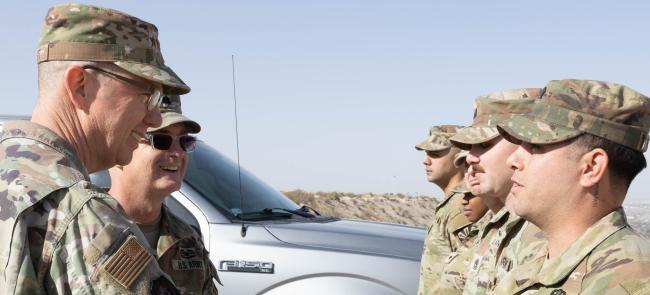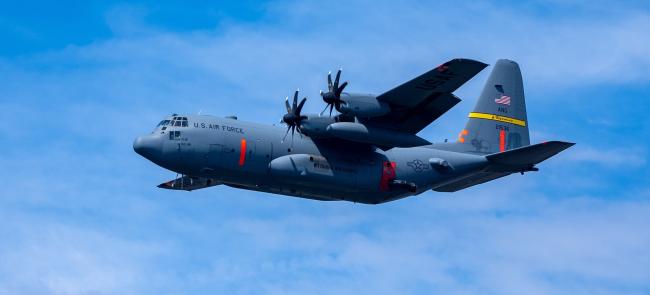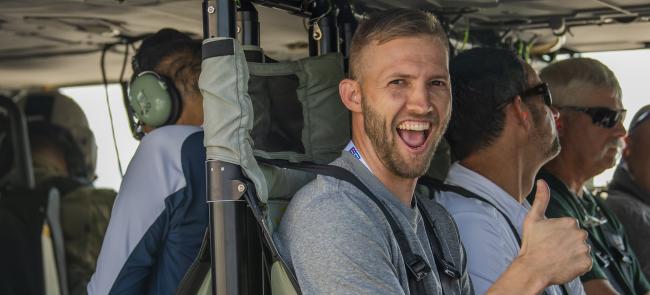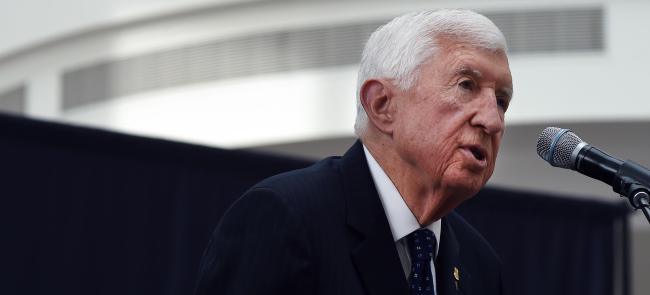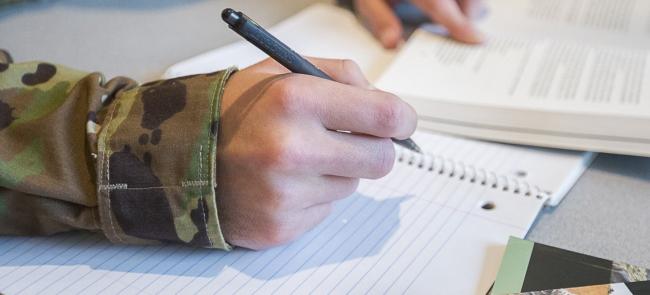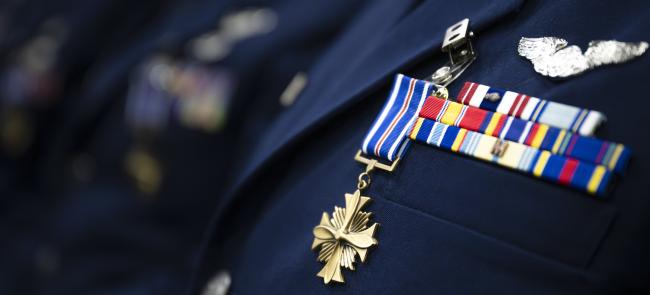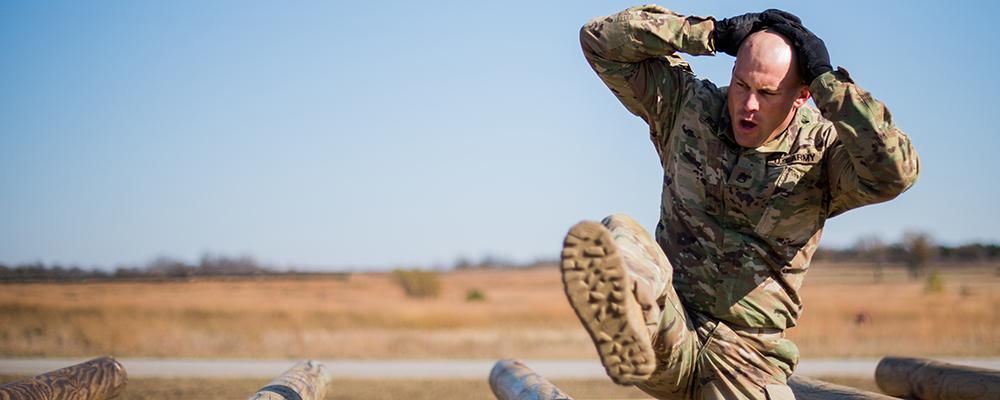
Soldiers who are nondeployable for an administrative reason have six months to correct it out or face separation, according to the new policy dated Nov. 8.
The large number of nondeployable service members is a problem every branch of the U.S. military has struggled to manage, but the Army has radically reduced its number of nondeployable soldiers in the past year, according to Maj. Gen. Joseph R. Calloway, the director of the Army’s personnel directorate.
“Since a year ago, we have come from 121,000 nondeployables, which is about 15 percent of the total Army,” Calloway told defense reporters at the Pentagon last week. “We have come down to right at 6 percent.”
Some of those nondeployable troops have already been processed. Meanwhile, others resolved the outstanding issues that prevented them being able to deploy.
In the last month, the Army has seen its nondeployable ranks drop from about “66,000 to about 59,000,” Calloway said.
But the new Retention Policy for Non-Deployable Soldiers, which “nests” in the Defense Department’s larger policy on nondeployable troops, only applies to less than 20 percent of the current nondeployable population.
“This policy doesn’t apply to all 59,000 [soldiers],” Calloway said, explaining that “the vast majority of those, 80 percent, are medical. And then another portion are legal.”
Beyond whittling down the nondeployable numbers, the policy is attempting to set a culture change, officials said.
“It’s the first time, actually, we’ve ever put down on a piece of paper–no kidding–this is what constitutes deployability,” Calloway said.
The six criteria apply to the active-component Army, Army National Guard and Army Reserve:
• Soldiers must be legally, administratively and medically cleared for employment in any environment
• They must be able to operate in harsh environments or areas with extreme temperatures
• They must be able to carry and employ an assigned weapon
• They must be able to execute the Army's warrior tasks
• They must be able to operate their duties while donning protective equipment such as body armor, helmets, eye protection, gloves and chemical or biological equipment
• They must pass the physical fitness test or be able to meet the physical demands of a specific deployment.
Brigade-level commanders or above may waive one of those requirements.
“This is really about soldiers and commanders being accountable, and commanders being empowered to do everything possible, in terms of resources and tools, to ensure a culture of deployability,” said Diane Randon, the acting principal deputy assistant Army secretary for manpower and reserve affairs.

